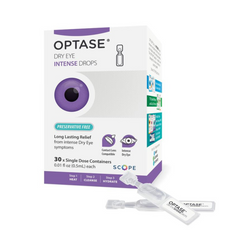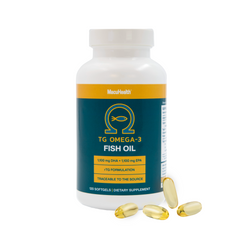
I’ve seen enough cases of blepharitis, Demodex and recurrent styes in children and teenagers to know that these problems affect people of all ages. To help children start off right with healthy eyes, we need to talk to them about how their eyelids work and how they can keep them clean.
Tips for all children, regardless of eyelid health
Teaching eyelid hygiene starts with teaching basic anatomy. A windshield wiper analogy seems to work very well with kids: “Your eyelids work like windshield wipers, cleaning the surface of your eyes. Unfortunately, broken windshield wipers are not helpful to clear a dirty windshield.” When I ask, “When was the last time you washed your eyelids?” the answer is often met with a confused expression and/or “Never!”
To teach hygiene basics, I explain to patients and their parents that it is important for everyone to wash their faces, including their eyelids, every day. Washing our eyelids every day is like flossing our teeth — it helps us avoid problems. We all naturally have bacteria living on and around our eyelids and lashes, and if we don’t wash our face and eyelids, the bacteria may multiply too much, and our eyelids get red and irritated.
Face-washing is an age-appropriate task for children who are capable of handling other aspects of self-care, such as brushing their teeth, tying their shoes and dressing themselves for school (around age 5-6 years). For simplicity, I typically recommend getting into a good habit of gently washing the eyelids at the same time as their face in the shower or bath. I also let patients know that eyelid scrubs are available over the counter to assist with ocular hygiene, and pharmaceutical options are available if the inflammation ever gets out of control.
Tips for children with blepharitis
I recently saw a 15-year-old patient with blepharitis who complained of itchy, gritty eyes and foreign body sensation. He didn’t understand the importance of his “windshield wipers,” so we talked about structure, function, treatment and hygiene as well as the eyelid scurf and bacteria associated with his condition. It was the first time any eye doctor spoke with him about cleaning his eyelids.
I find it important to explain to children with blepharitis that for lid hygiene to be most effective, they may also need occasional pharmaceutical treatment. Some need a short-term antibiotic for bacterial involvement or a steroid to simmer down inflammation. In my experience, an antibiotic-steroid combination drop such as Maxitrol (neomycin-polymyxin b-dexamethasone, Alcon) is an effective option for eyelids, and Alrex (loteprednol etabonate ophthalmic suspension 0.2%, Bausch + Lomb) also has helped my patients with an underlying component of allergic conjunctivitis. An overnight ointment may be indicated as well, depending on severity.
Regardless of pharmaceutical intervention, patients’ daily hygiene also has to include eyelid scrubs. The iVizia (Thea Pharma) eyelid cleansing gel and wipes are my current favorite because they’re high quality, soft and comfortable to encourage daily use, and they’re at a good price point, which is important for my patients. OcuSoft lid scrubs are another good choice for young people who don’t wear makeup. A hypochlorous acid spray, such as ones from Avenova or Twenty/Twenty Beauty, is another simple addition for teenagers to improve eyelid hygiene.
Tips for teenagers about makeup, beauty
With teenage girls, I always emphasize the importance of removing all eye makeup — every single night. Removing all makeup debris along the lashes and lid margin is crucial to decreasing the risk for eyelid and ocular surface issues. To make sure they follow a makeup removal process that is approved by eye doctors, I often recommend iVizia lid hygiene products as an affordable over-the-counter option or Eye Proof Refreshing Towelettes from Èyes Are The Story.
When I see someone wearing eyeliner on the lid margin, I explain that eyelids are designed so when they close, they release oil that the tear film needs. That can’t happen if the glands are blocked by thick makeup, so it’s important to keep the “windshield wipers” clean. This will not only improve their eyes’ appearance, but their eyelids also will not get as red and irritated. I also discourage eyelash extensions, which I’ve seen encourage blepharitis and Demodex infestation.
Planning for future refractive surgery
Many teenagers who inquire about refractive surgery are driven not only by a dislike of glasses, but also by contact lens intolerance. They don’t realize that they may find it impossible to wear contact lenses because of dry eye, blepharitis and severely neglected eyelids.
Although teens are not yet candidates for refractive surgery, we educate them about the pathology of blepharitis and dry eye, which can affect the preoperative process. Having this conversation earlier in life helps normalize the importance of eyelids as part of overall eye health.
Like adults, children and teenagers can have problems with their eyelids, and they don’t all know about good lid hygiene. I enjoy promoting awareness of the problem and helping them develop habits that will ensure their eyes stay healthy and comfortable.
For more information:
Jade Coats, OD, is in practice at McDonald Eye Associates, an OD-MD practice in Rogers, Arkansas.





